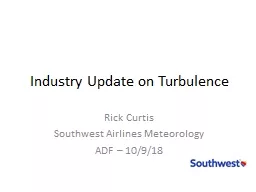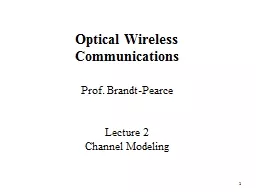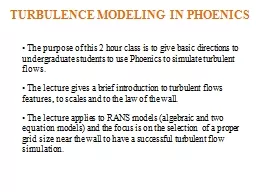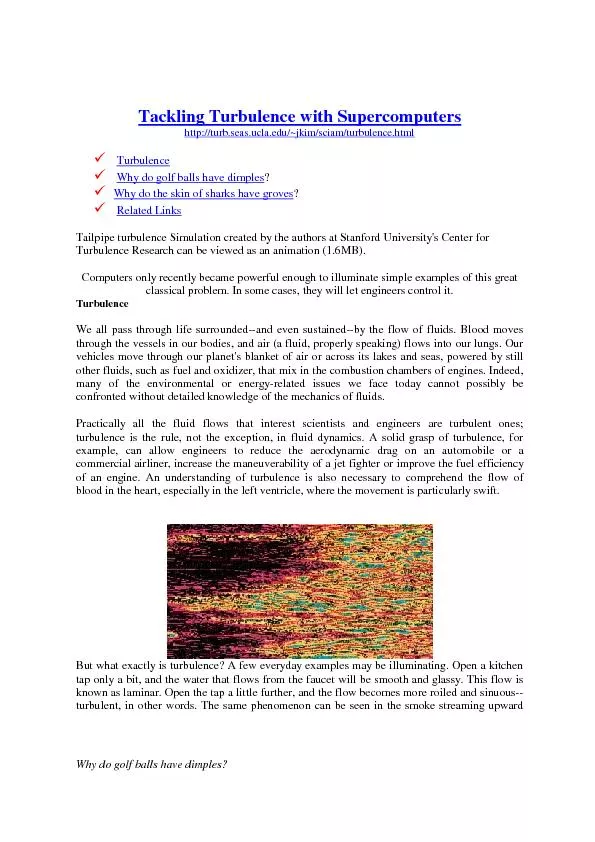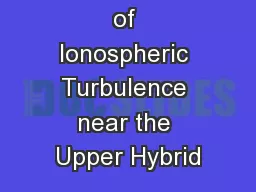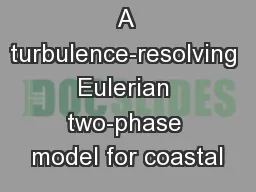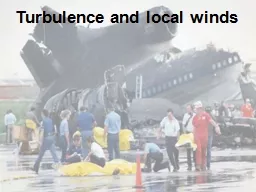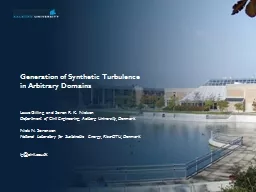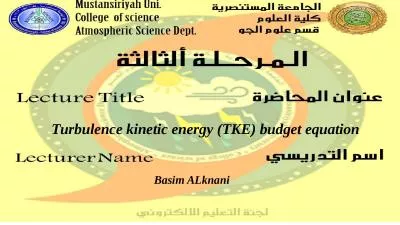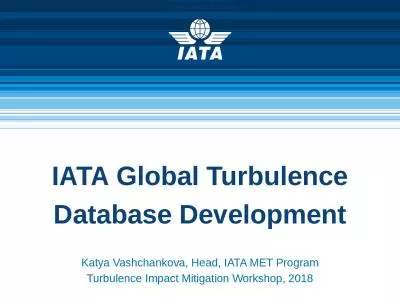PPT-Industry Update on Turbulence
Author : danika-pritchard | Published Date : 2018-12-18
Rick Curtis Southwest Airlines Meteorology ADF 10918 Turbulence Issues Many Causes CAT Mountain Wave Convection Wake Thermal Difficult to Forecast Difficult to
Presentation Embed Code
Download Presentation
Download Presentation The PPT/PDF document "Industry Update on Turbulence" is the property of its rightful owner. Permission is granted to download and print the materials on this website for personal, non-commercial use only, and to display it on your personal computer provided you do not modify the materials and that you retain all copyright notices contained in the materials. By downloading content from our website, you accept the terms of this agreement.
Industry Update on Turbulence: Transcript
Download Rules Of Document
"Industry Update on Turbulence"The content belongs to its owner. You may download and print it for personal use, without modification, and keep all copyright notices. By downloading, you agree to these terms.
Related Documents

